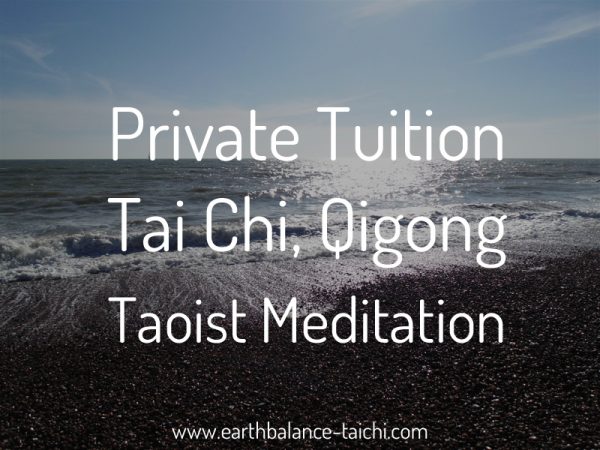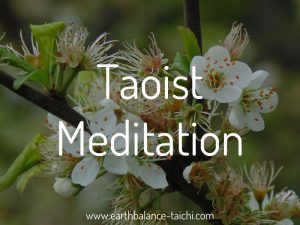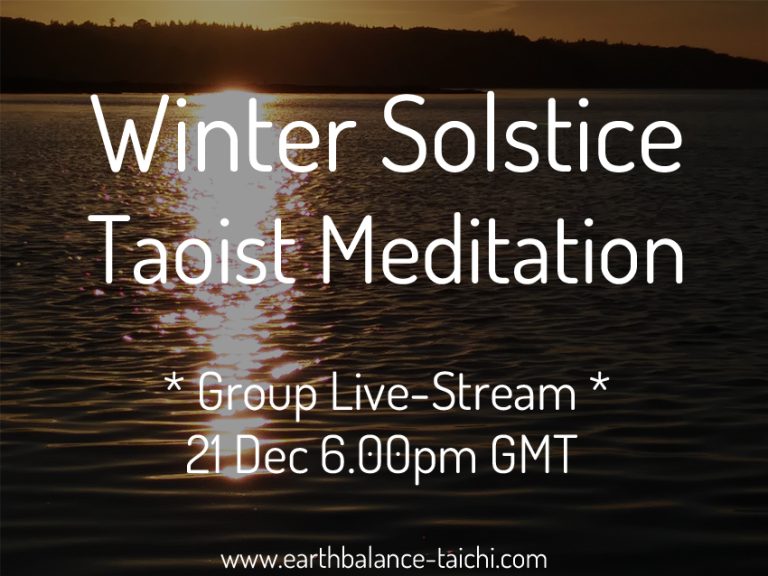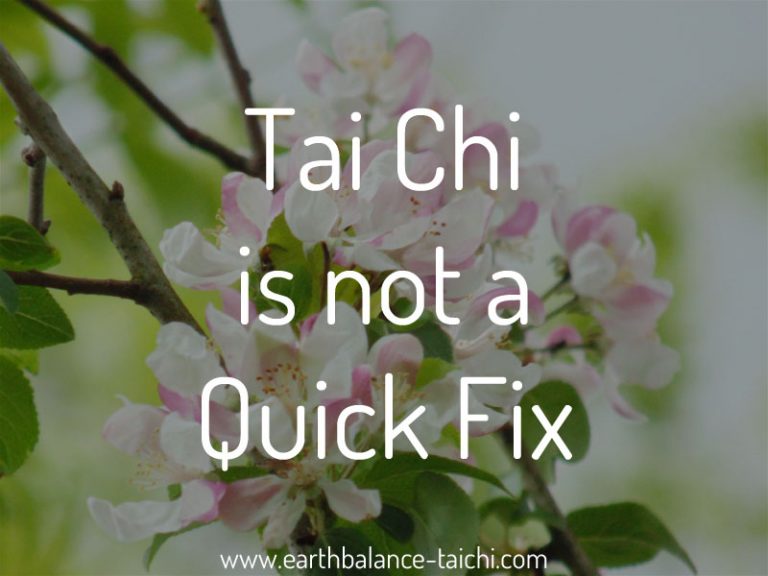Meditate on Love
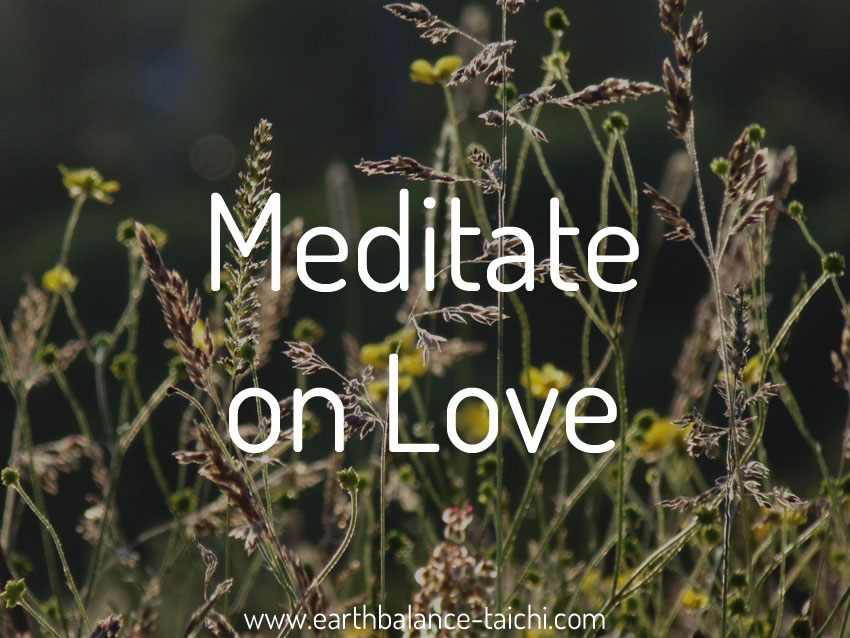
Meditate on Love
The art of happiness, compassion and love comes from within. Meditating on love can be done anywhere and at any time. It is one of the open secrets of meditation, it’s simple, effective and requires very little instruction.
Training Love and Compassion
Qong/Kung in Chinese means ‘skilful work, hard training or endeavour’. Kung Fu means ‘skilful work, hard training or endeavour’ with ‘time spent’. Qi Gong (also known as Chi Kung) means ‘Qi energy’ through ‘skilful work, hard training or endeavour’. We can take the same principle with love and compassion.
When we start to mediate on love, we may not feel it is an easy process to feel positive emotions on demand. We might feel contrived, mechanical or fake. As with all things in life, with practice, patience and dedication we can slowly start to feel love when we meditate. Apply some ‘Qong’ to your meditation.
The nature of love in meditation is natural, empty, nothing, free. It is not attached to an object, anyone or anything. This type of love is impartial, un-selective and unconditional. Infinite love is an inner sense of wholeness and connectedness with everyone and everything, relating more to our spiritual self than our emotional and physical being.
Resistance to Meditating on Love
When you start to meditate on love other opposing feelings may rise up such as anger, frustration, irritation, bitterness or resentment. In Taoist philosophy we do not fight negative emotions head on e.g. “I must not be angry” or “I must block these negative feelings”. Instead we acknowledge their existence, function and importance in our life as a human being, and we find ways to recycle these feelings back into positive emotions. In Taoist internal energy practices, an efficient way of recycling negative emotions is the practice of the inner smile and the 6 healing sounds.
If you experience resistance to feeling the emotion of love during meditation, allow any negative feelings to arise and greet them with patience, softness and kindness. Thank your negative emotions for the work they have done and allow them to pass by without focus or reaction. As you exhale allow the negative emotions to leave the body through the nose as a grey mist, dispersing into the clouds and heavens.
What Happens When you Meditate on Love
Meditating on love tends to be a slow starter like growing a plant. At the beginning it takes time for seed to germinate and start its journey. With enough water and nourishment, the seed grows into a seedling, taking strong root and pushing upwards. Then over time the plant starts to blossom and bloom. You may start to feel happier, at ease, more positive, more successful, capable, tolerant, lovable and with an increased sense of purpose. You may start behaving differently in life, taking a new approach with emotions or situations. Your posture may change from being tense, rigid and uptight to more mobile, softer and flexible. You may deal with stressful situations much easier, sleep better and focus more on the importance of life. You may start to notice how life is filled with the essence of wholeness, connectedness and infinite love. You may start to attract like-minded people, the sky is the limit.

Here are some extracts from research carried out on meditating on love;
Loving-kindness meditation for chronic low back pain: results from a pilot trial.“Post and follow-up analyses showed significant improvements in pain and psychological distress in the loving-kindness group, but no changes in the usual care group. Multilevel analyses of daily data showed that more loving-kindness practice on a given day was related to lower pain that day and lower anger the next day.”
Open hearts build lives: positive emotions, induced through loving-kindness meditation, build consequential personal resources. “Discussion centers on how positive emotions are the mechanism of change for the type of mind-training practice studied here and how loving-kindness meditation is an intervention strategy that produces positive emotions in a way that outpaces the hedonic treadmill effect.”
Loving-kindness meditation increases social connectedness. “In this study, the authors used a brief loving-kindness meditation exercise to examine whether social connection could be created toward strangers in a controlled laboratory context. Compared with a closely matched control task, even just a few minutes of loving-kindness meditation increased feelings of social connection and positivity toward novel individuals on both explicit and implicit levels. These results suggest that this easily implemented technique may help to increase positive social emotions and decrease social isolation.”
Innate immune, neuroendocrine and behavioral responses to psychosocial stress do not predict subsequent compassion meditation practice time. “Compassion meditation may represent a viable strategy for reducing potentially deleterious physiological and behavioral responses to psychosocial stress.”
I think therefore I om: cognitive distortions and coping style as mediators for the effects of mindfulness meditation on anxiety, positive and negative affect, and hope. “Longer combined meditation significantly reduced anxiety and negative affect and increased hope.”
Can Positive Thoughts change Molecules?
“I suggest that the body and soul react to each other in sympathy. A change in the state of the soul would necessarily have an effect on the body and vice versa’. - Aristotle, 400 BC
Study: Positive Energy and Thinking Impact Water and Its Molecular Structure “He conducted experiments in which water molecules were studied under a microscope. The water came from various places, including tap water. The water didn't have crystals in it when frozen. Then, the water was exposed to positive intention. This intention was sent to the water in various ways. One group mentally thanked the water, sending loving thoughts to the water. Other samples of the water were placed into containers and affixed with positive words written on paper: love, peace, gratitude, hope, let's do it, together, etc. Still other samples were exposed to various Classical music recordings. All of the samples of water were frozen and checked under a microscope. All of the samples had grown beautiful formations of crystals, directly as a result of the positive energy it had received.”
Neuropeptides: the molecules of emotions “Emotions like bitterness, unresolved anger, resentment, fear and worry constantly trigger your stress response. These then become buried in ever deepening layers inside the cell memories. The layers become the physical footprints of your dream body, psyche or soul, manifesting in physical illness or chronic health problems. Once the cell memories are wakened, they can reach the conscious mind, so that you can make contact with your whole, integrated human beingness, leading to the identification of the deep issues that might play a role in the disease process. Through this, disease becomes a teacher potentially leading to important life lessons, personal and spiritual growth and healing from the inside out. The choice and free will to follow this path, is yours!”
Peace, Love and Light – Barbara Wolf “It is interesting to note that our physical bodies are also made up of nearly eighty percent water, and thus, for the benefit of our personal health, it would behoove us to follow Emoto’s initiative of blessing the water within us so its molecules can form a perfect state. Perhaps it is time to expand our concepts further to include not only the theory of consciousness of water but also the theory that all cells in the physical body have a consciousness.”
Happy Thoughts Make Happy Molecules – Deepak Chopra
How Does this Fit in with Tai Chi and Qi Gong
Tai Chi and Qi Gong practices are meditation in motion. Meaning the aim is practice with an open and soft heart, allowing you to meditate on love and kindness whilst you move. To truly relax your body as you move, a soft heart is needed. Any tension carried in the mind or heart will be reflected in the body causing awkward and tense movements.
There is also the powerful art of standing practice (Zhan Zhuang), where you can meditate on kindness and love, all the time sending an inner smile to your heart as you hold your softly aligned posture.
Passive Qigong meditation (Nei Gong) methods like the inner smile and the 6 healing sounds are ways of training positive emotions within the body relating to the 5 yin organs and the theory of Traditional Chinese Medicine, from an internal energy cultivation approach.
Further Resources
